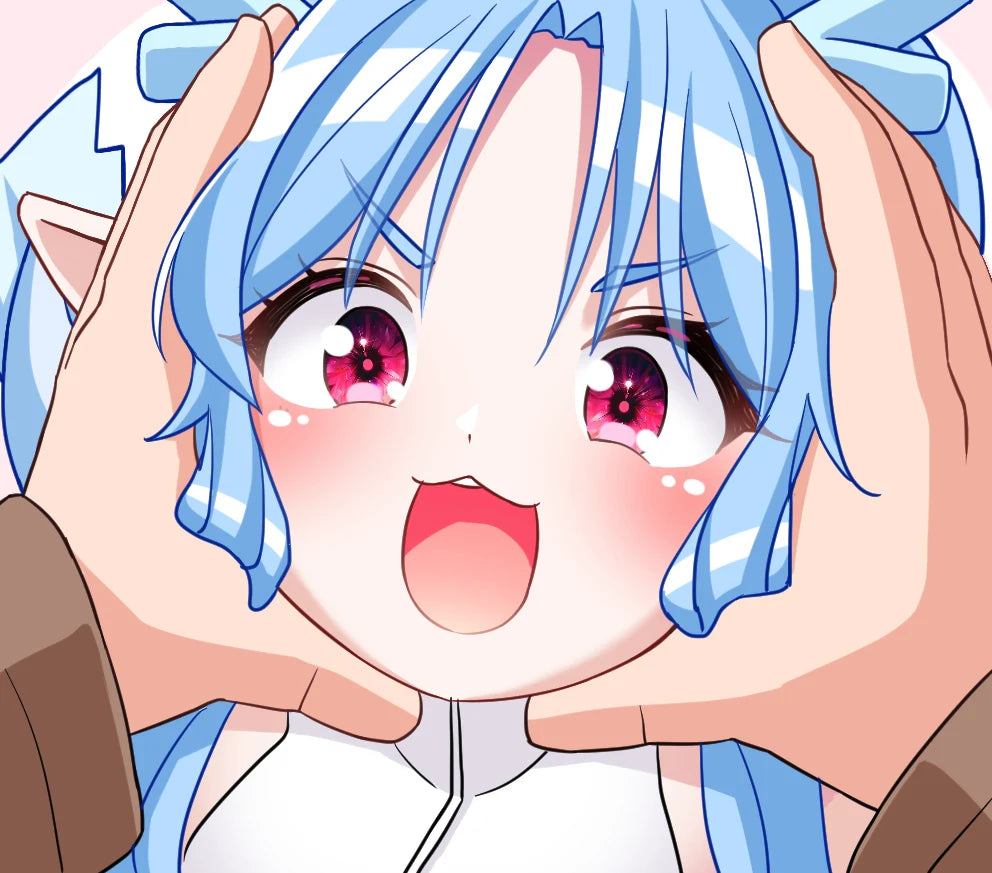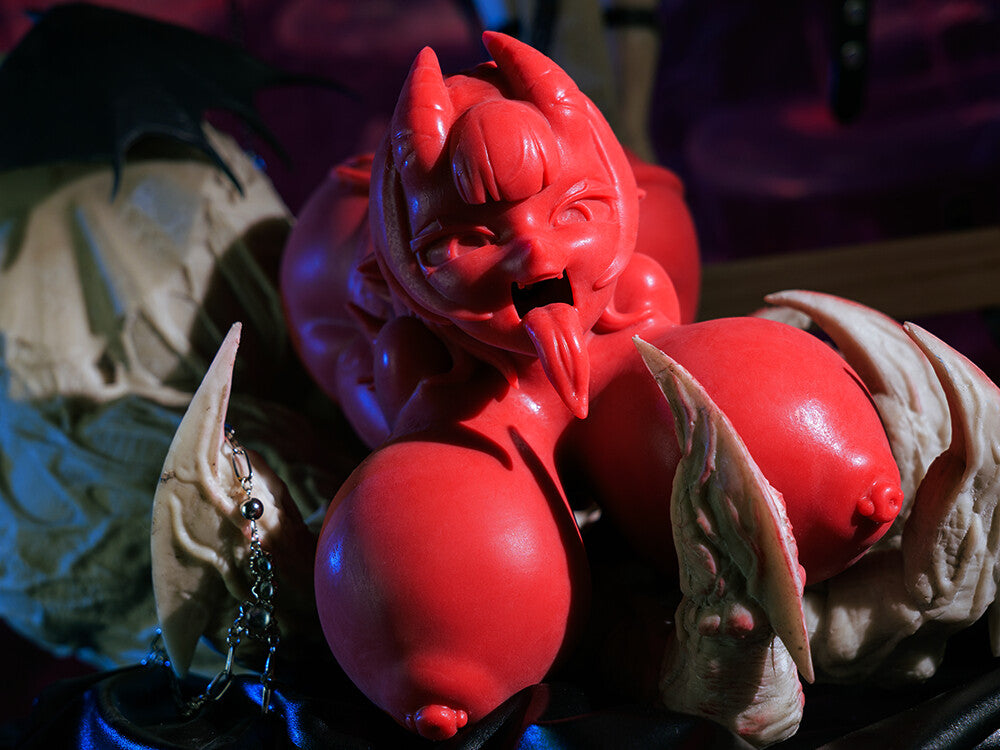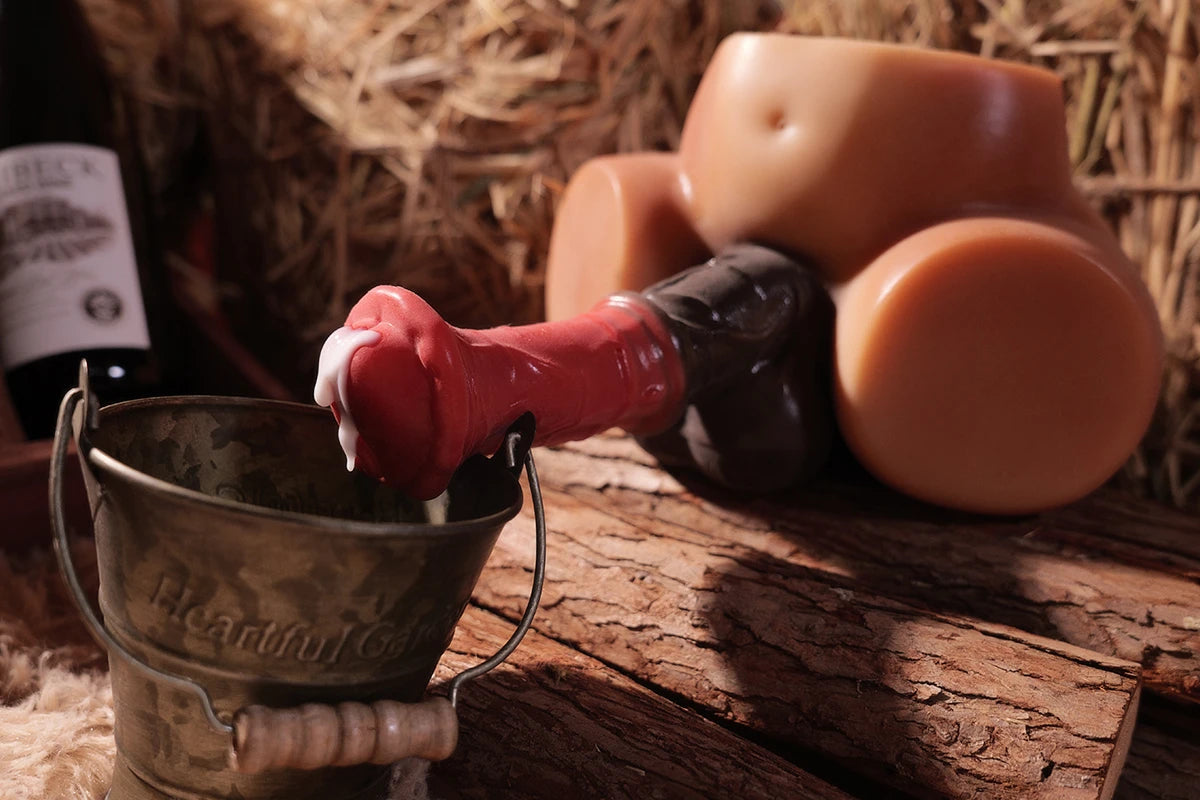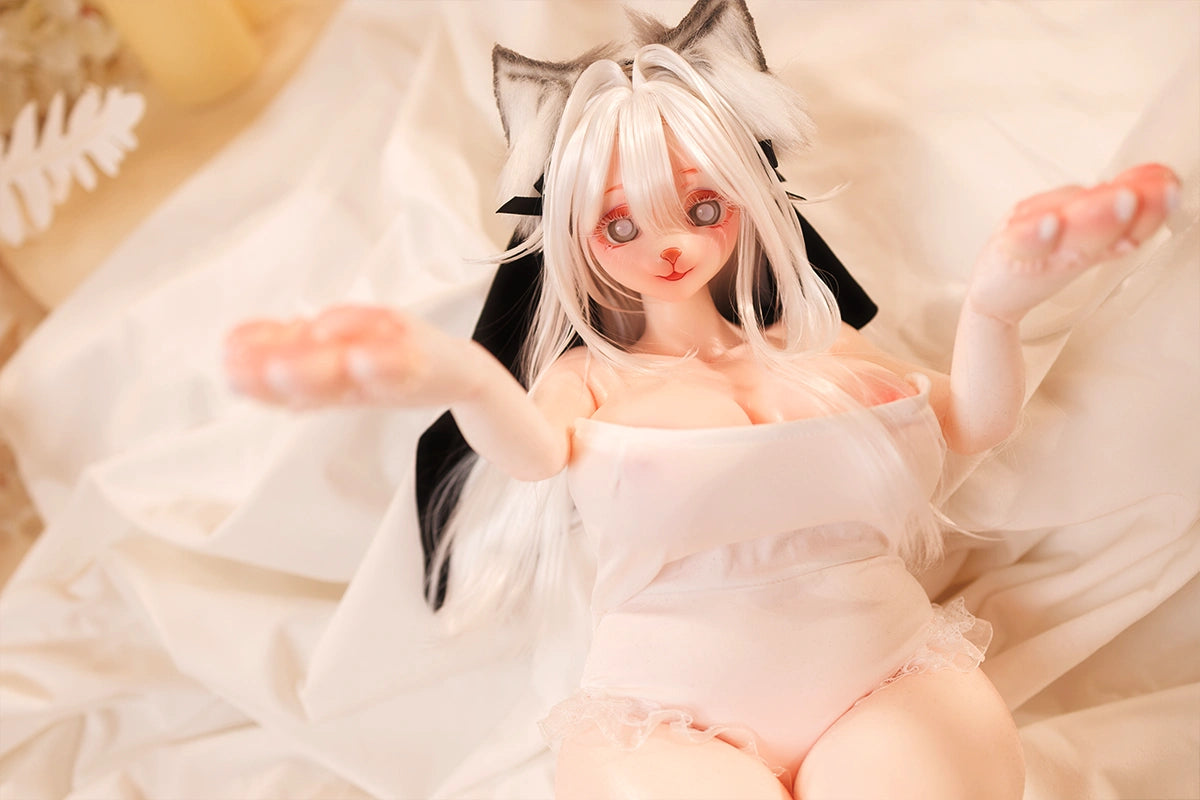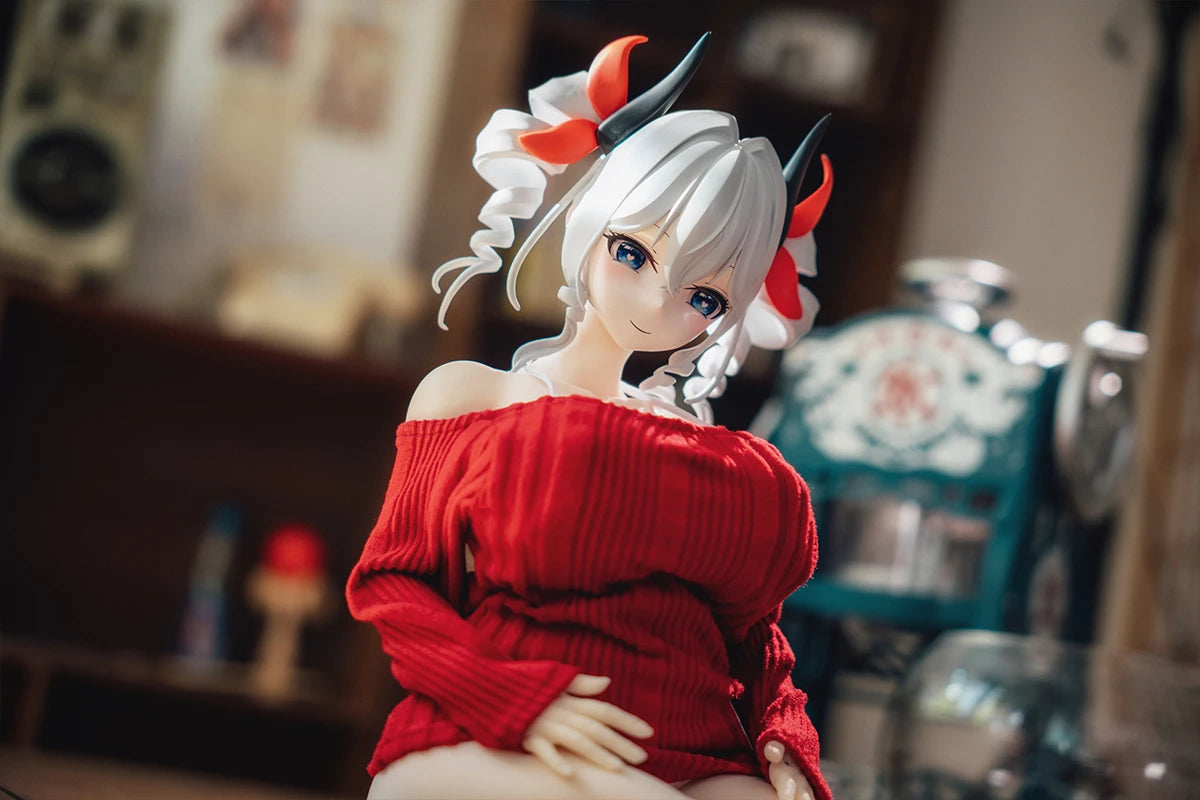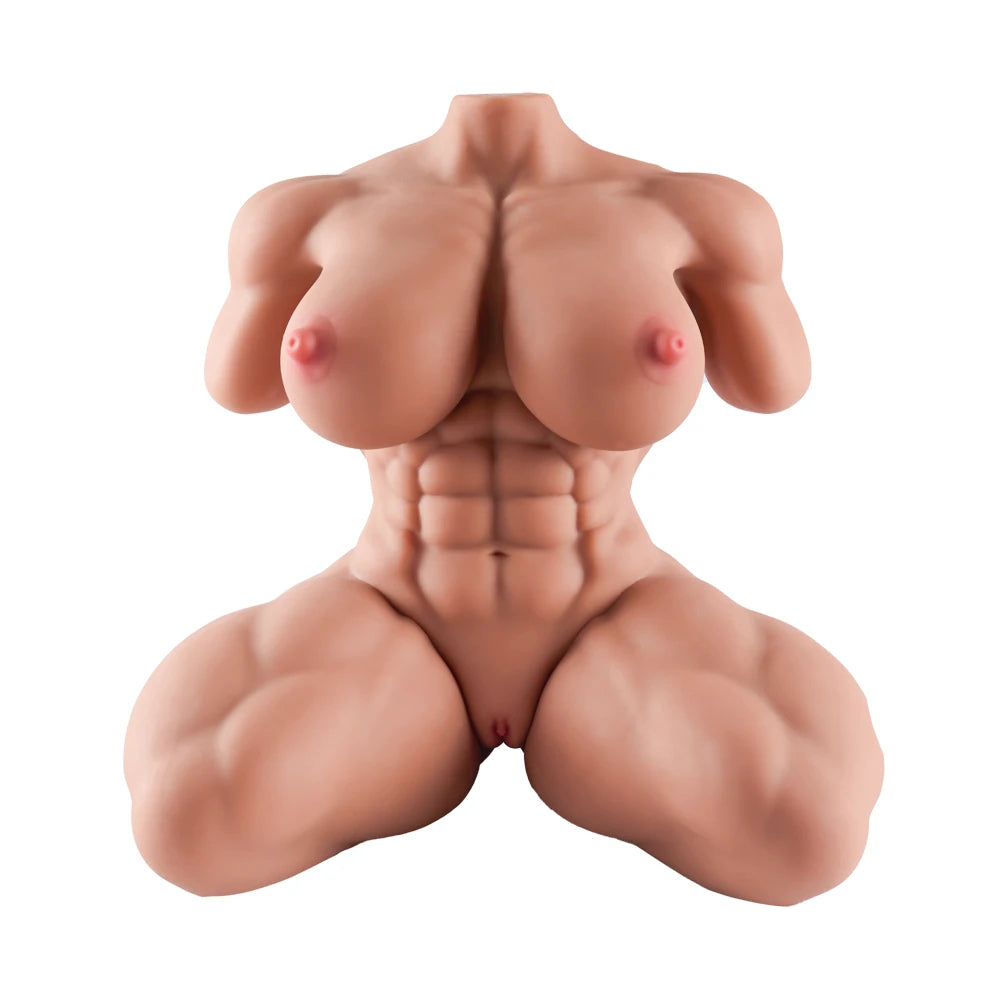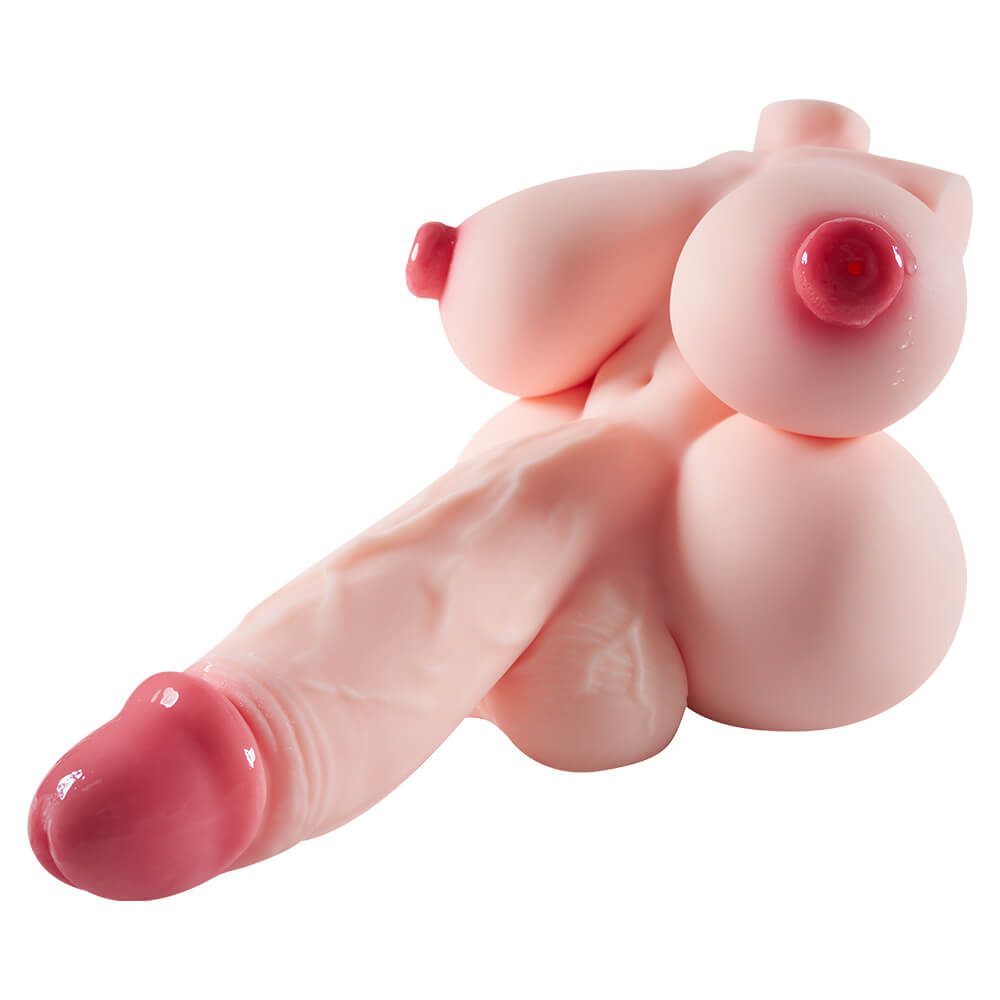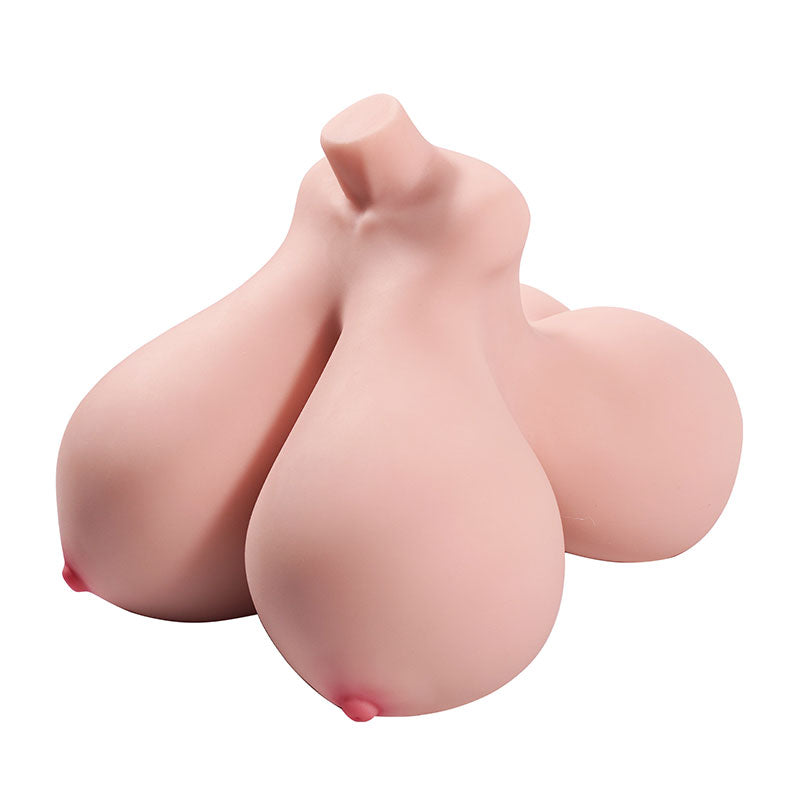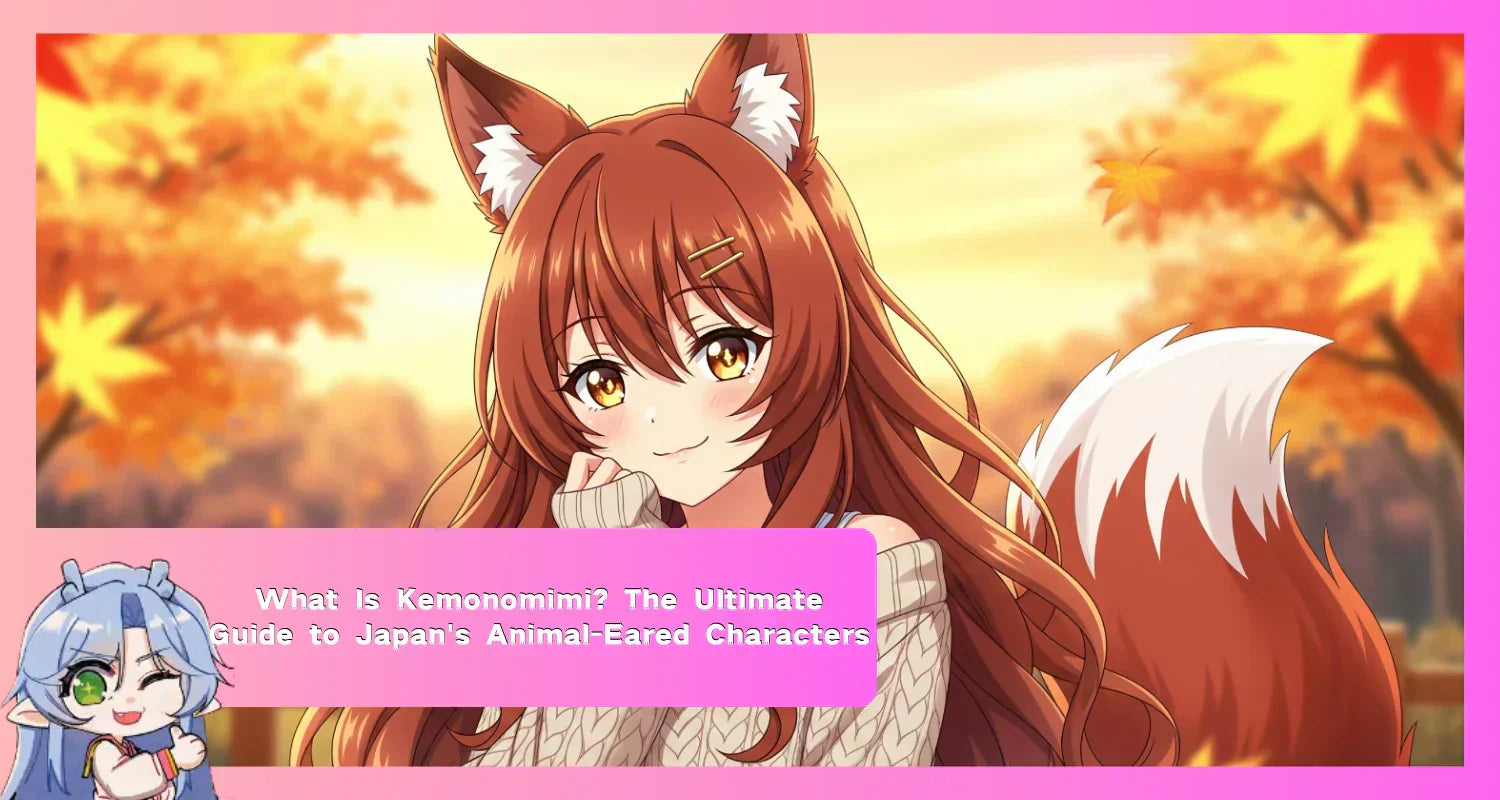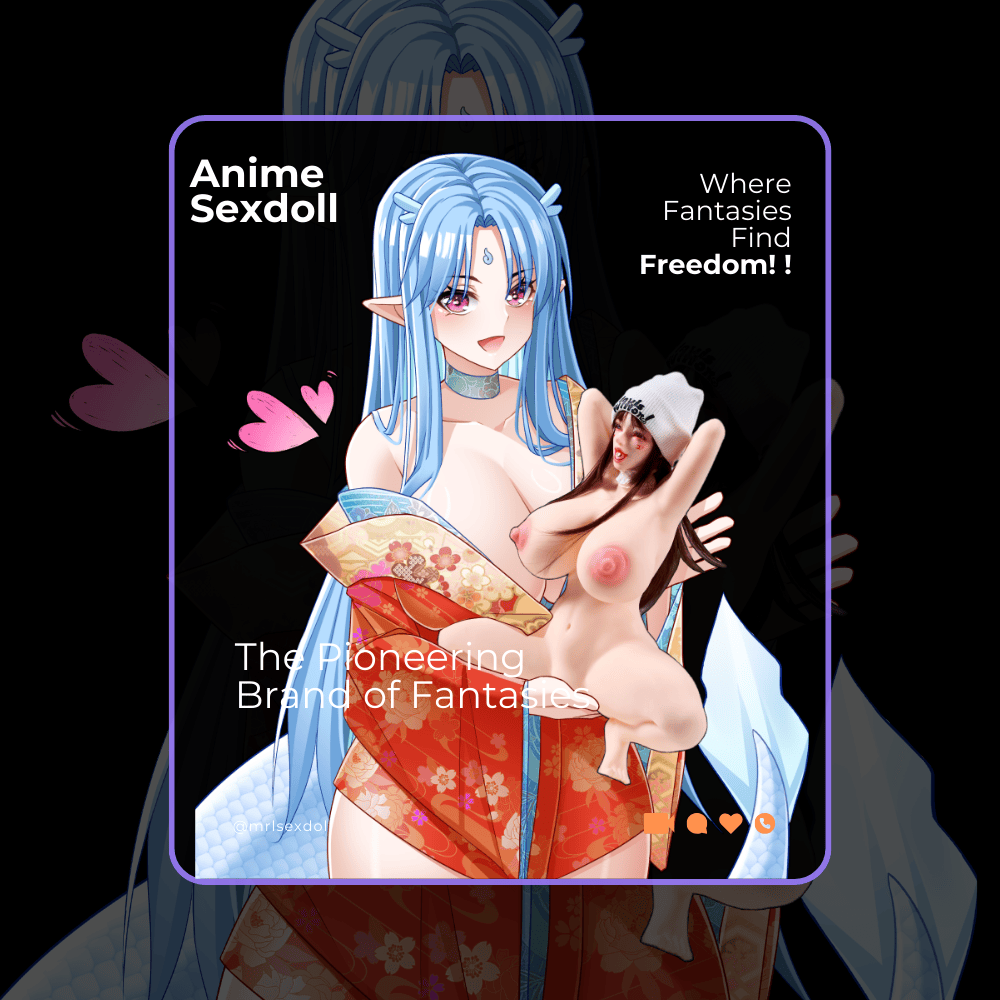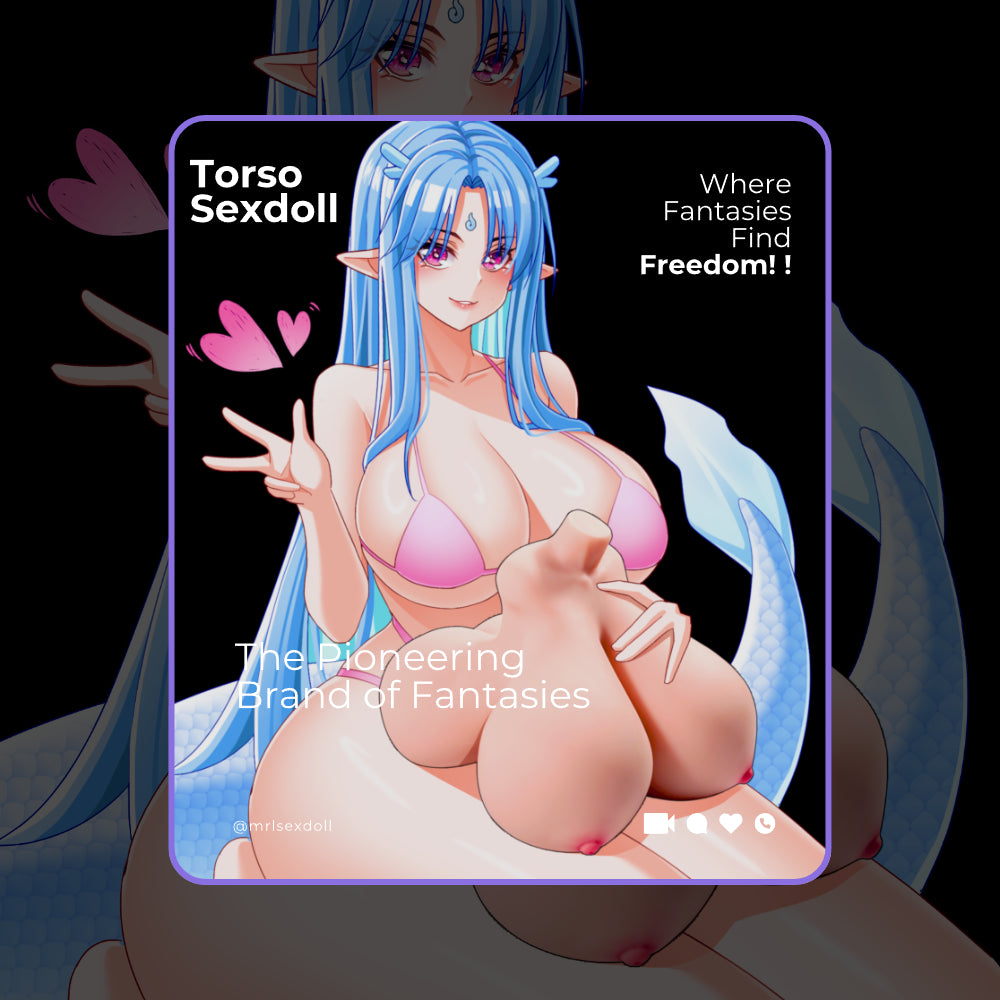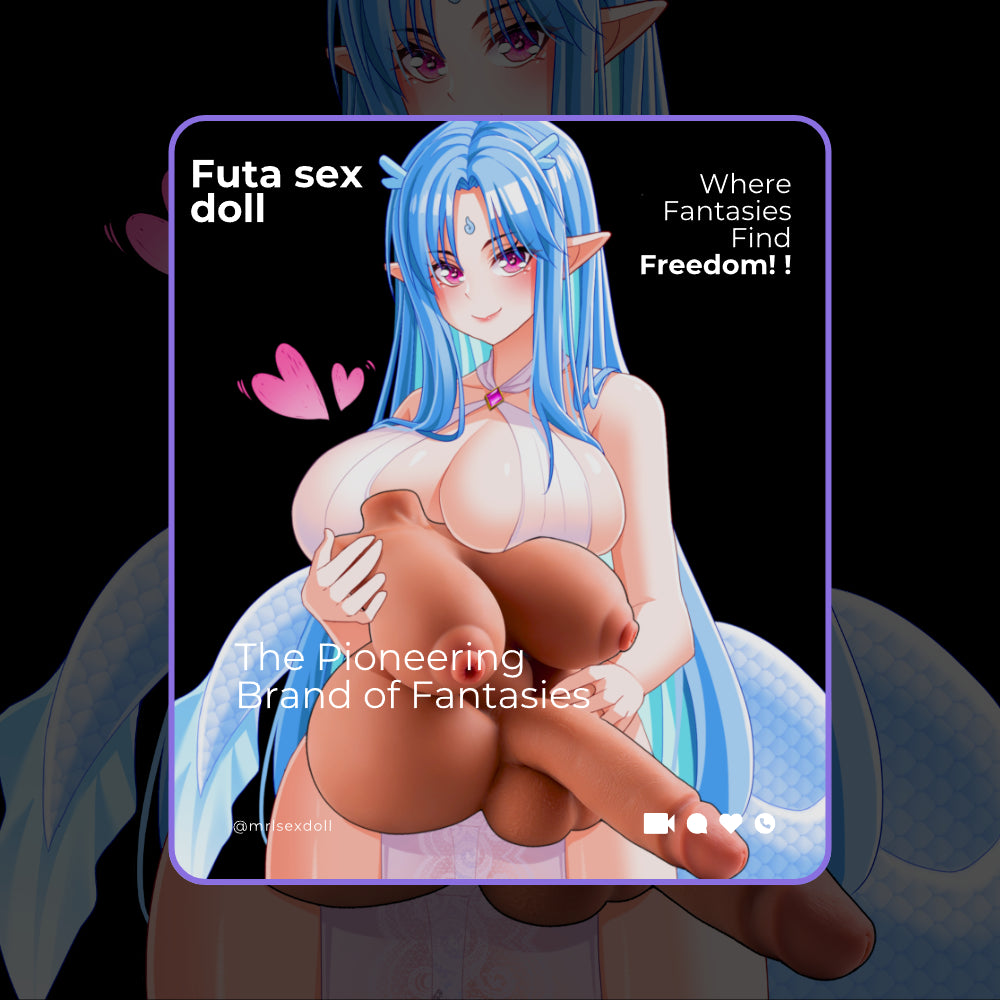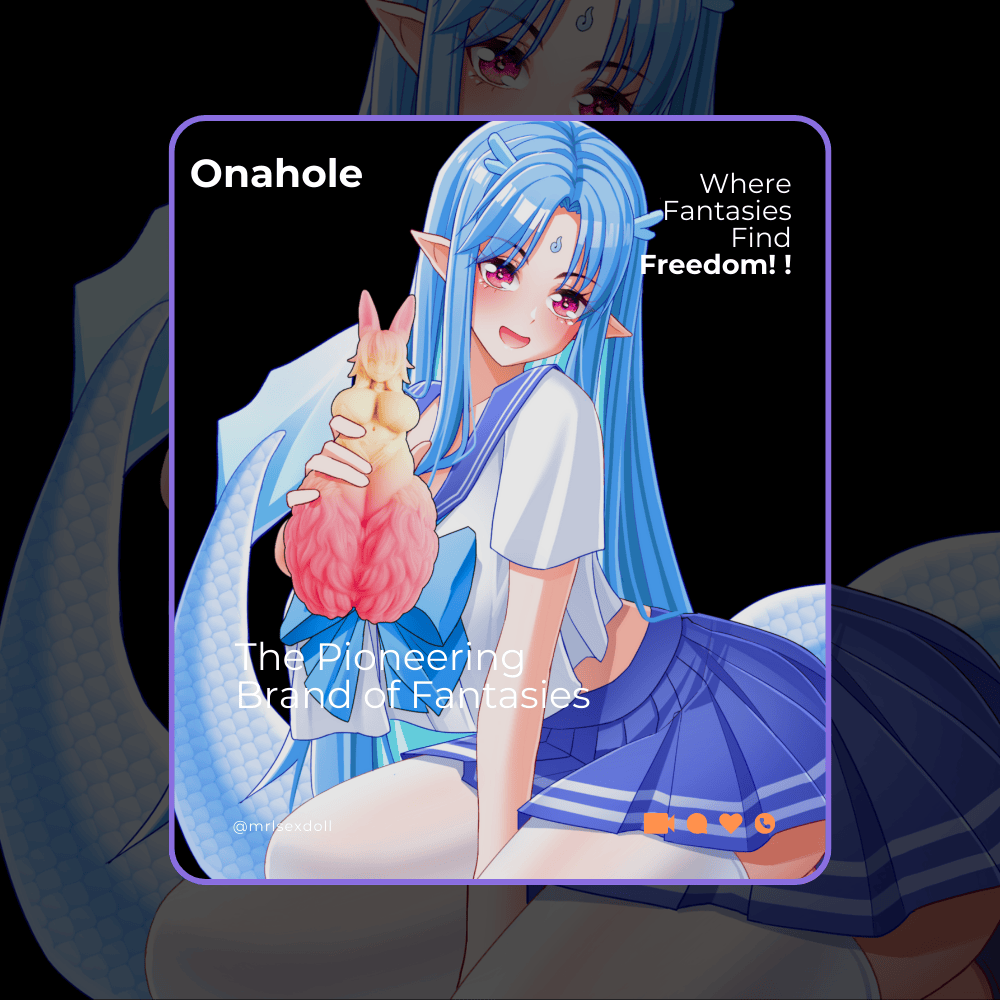What Is Kemonomimi? The Ultimate Guide to Japan's Animal-Eared Characters

You have probably seen them before. In the colorful worlds of Japanese anime, manga, and video games, a unique type of character often appears. This character looks mostly human but has animal features, like twitching cat ears, a swishing fox tail, or even the soft horns of a deer. This mix of human and animal has become a well-known look in pop culture all over the world. But have you ever thought about where these interesting characters come from? This style has a name, a long history, and fans everywhere.
This guide will take you on a deep dive into the world of kemonomimi. We will explore the kemonomimi meaning, follow its journey from old stories to today's media, and list the most common character types. When you're done, you'll have a much better understanding of this interesting cultural trend and why these human-animal characters are so popular.
Tables of Contents:
- What Does Kemonomimi Actually Mean?
- From Ancient Folklore to Modern Pop Culture
- Exploring the Diversity of Kemonomimi Types
- Nekomimi (Cat Girl/Boy): The Iconic Standard
- Kitsunemimi (Fox Girl/Boy): A Symbol of Magic and Mischief
- Inumimi and Ookamimi (Dog and Wolf): Embodiments of Loyalty and Wildness
- Usagimimi (Bunny Girl/Boy): The Essence of Charm and Cuteness
- Bringing Characters to Life Through Kemonomimic Cosplay
- Why Are We So Drawn to Kemonomimi Characters?
- Your Kemonomimi Questions, Answered
What Does Kemonomimi Actually Mean?

To really get the concept, we should first look at the word itself. The term kemonomimi comes from Japanese and is made of two parts: kemono (獣 ), which means "beast" or "animal," and mimi (耳 ), which means "ears". So, it literally translates to "animal ears." This name perfectly explains the basic idea: a character who is mostly human but has animal ears and often other animal parts, like a tail.
The main rule for kemonomimi is that the character is fundamentally human. They have human faces, bodies, and minds. The animal parts are just additions that change how they look and often hint at their personality, but they don't make them less human. This is an important point that often confuses people who are new to the idea.
The Critical Distinction: Kemonomimi vs. Furry

One of the most frequent questions on this topic is about the difference between kemonomimi and "furry." While people can be fans of both, the two ideas are very different. The main difference is in the character's basic design.
· Kemonomimi : A human character with added animal features. You can think of it as a person with animal parts that are a natural part of their body.
· Furry : An animal character with added human features (this is called anthropomorphism), like walking on two legs, talking, and showing complex feelings. Characters from Disney's Zootopia or Robin Hood are good examples.
The name kemonomimi itself points to this difference. By focusing on the "ears" ( mimi ), the word suggests that the rest of the character is the standard, which is human. The animal parts are extra. This is the opposite of the furry concept, where the animal form comes first and human-like qualities are added. This isn't just a small detail; for many fans, it's a key part of their cultural and personal identity, and mixing them up can cause issues in these communities. The confusion often happens when different online subcultures meet, where the Japanese moe style that created modern kemonomimi crosses paths with the furry fandom, which started in the West.
From Ancient Folklore to Modern Pop Culture

The idea of kemonomimis is older than modern anime and can be found in old Japanese folklore. For centuries, people told stories about yokai (spirits or demons) that could change into human shapes. Two of the most well-known examples are the kitsune (fox spirits) and the bakeneko (monster cats). These magical beings would often appear as attractive humans, but sometimes they couldn't fully hide their true forms, leaving their animal ears or tails showing. This created the basic concept: a human shape with a touch of animal nature.
In the 1900s, these traditional ideas started mixing with new influences from Western culture. Early Japanese animators were very inspired by Walt Disney and his charming animal characters that acted like people. This brought a new "cute" look to the concept. A great example of this cultural mix is the usamimi , or bunny girl. Many think this specific look was inspired by the famous Playboy Bunny, which became known in Japan in the 1980s. This shows an interesting blend of old Japanese shapeshifters with Western symbols of appeal and entertainment.
Over the years, the idea has changed. In a lot of modern kemonomimi anime , the animal features are often just for looks. Characters are simply born with them, and there's no need for a story or myth to explain why. They have moved beyond being a plot point to become a normal and accepted part of the visual style, just like characters having brightly colored, unnatural hair.
Exploring the Diversity of Kemonomimi Types
While the general idea is wide-ranging, a few specific kemonomimi types have become very popular. Each one comes with its own set of common personality traits and character styles. This section will introduce you to some of the most common kinds you'll see.
Nekomimi (Cat Girl/Boy): The Iconic Standard
The nekomimi (猫耳 , "cat ears") is easily the most famous and recognizable type of kemonomimi . These characters are the face of the entire genre. Their personalities often reflect real cats: they are independent, playful, a bit naughty, and loving, but only when they want to be. This personality often fits well with the tsundere character type—someone who acts cold and distant at first but is actually very warm and caring.

Kitsunemimi (Fox Girl/Boy): A Symbol of Magic and Mischief
Coming straight from old folklore, the kitsunemimi (狐耳 , "fox ears") are often linked to magic, wisdom, and cleverness. As characters based on powerful fox spirits, they can be shown as old and wise guides, playful tricksters, or loyal and strong protectors. In some drawings, their extra tails often show their age and magical strength.

Inumimi and Ookamimi (Dog and Wolf): Embodiments of Loyalty and Wildness
On one side of the dog family, you have the inumimi (犬耳 , "dog ears"), who stand for loyalty, high energy, and friendliness. These characters are often shown as cheerful, protective, and happy to help their friends. On the other side is the ookamimi (狼耳 , "wolf ears"), who has a wilder and more dignified spirit. They are often shown as fierce protectors of their group, with a quiet strength, and sometimes have a "lone wolf" personality.

Usagimimi (Bunny Girl/Boy): The Essence of Charm and Cuteness
The usagimimi (兎耳 , "rabbit ears") are usually known for their charm and cuteness. Often shown as shy, gentle, or full of energy, these characters use the lovable image of a rabbit. As mentioned before, their modern look also has a touch of allure, connecting back to the Western Playboy Bunny that helped make the style popular.

For a quick summary, the table below lists these popular types and their common traits.
|
Animal | English Term | Common Archetypes & Traits | |
|---|---|---|---|---|
| Nekomimi (猫耳) | Cat | Cat Girl/Boy | Independent, Playful, Tsundere, Affectionate on their own terms | |
| Kitsunemimi (狐耳) | Fox | Fox Girl/Boy | Cunning, Magical, Wise, Mischievous, often a Trickster or Guide | |
| Inumimi (犬耳) | Dog | Dog Girl/Boy | Loyal, Energetic, Friendly, Eager to Please | |
| Ookamimi (狼耳) | Wolf |
Wolf Girl/Boy |
Wild, Protective, Noble, Pack-oriented, sometimes a Lone Wolf | |
| Usagimimi (兎耳) | Rabbit/Bunny |
Bunny Girl/Boy |
Shy, Cute, Fast, sometimes associated with Luck or Sensuality | |
| Ushimimi (牛耳) | Cow | Cow Girl/Boy | Gentle, Nurturing, Calm, sometimes depicted as clumsy or buxom |
Bringing Characters to Life Through Kemonomimic Cosplay

The love for kemonomimi isn't just about watching or reading. For fans across the globe, kemonomimic cosplay is a fun and imaginative way to show their love for the style. This is more than just copying characters from an anime. Many cosplayers and artists create their own original kemonomimi characters, making a special mix of human and animal that shows off their personal style.
The art of kemonomimic cosplay has grown a lot. It started with simple headbands from a store but has turned into a real art form. Special artists now make high-quality ears and tails that look very realistic or have a unique fantasy style. These items are carefully made from fake fur and other materials, often with airbrushed colors and wires inside so they can be posed. This adds a new level of life and expression to the costume.
This desire to bring the hybrid look into the real world goes beyond just costumes. It also shows up in high-quality collectible figures, where artists try to capture the spirit of the kemonomimi girl in a lasting, beautifully sculpted form. A great example of this kind of art can be seen in figures like Nicole, the anthropomorphic kitten . These creations are the peak of the kemonomimi aesthetic, carefully designed to show the perfect mix of human appeal and cat-like elegance that fans and artists love.
Why Are We So Drawn to Kemonomimi Characters?

What is it about these mixed characters that keeps them so popular? There are a few reasons why people find them so appealing. A big reason is the Japanese idea of moe , which is a strong, loving, and almost protective feeling that fans get for cute fictional characters. Kemonomimi characters, with their mix of familiar human looks and cute animal parts, are very good at creating this feeling.
Also, the design gives a perfect mix of something familiar and something new. The human part makes them easy to relate to, while the animal parts add a bit of fantasy and a fresh look. These animal parts also work as quick clues to their personality. When we see a character with fox ears, our minds immediately connect to all the cultural ideas about foxes being clever and tricky. A character with dog ears is seen right away as loyal. This lets creators build a personality quickly and well, making a character that feels both new and easy to understand.
For many fans, this mixed nature also provides a special way to express themselves and explore their identity. By cosplaying or making art of these characters, people can show a fun, playful, or "wild" part of their own personality in a creative and social way.
Your Kemonomimi Questions, Answered
Q1: What is the single biggest difference between a kemonomimi and a furry?
The main difference is what the character is based on. A kemonomimi is a human with animal features (like ears and a tail), while a furry is an animal that has been given human traits (like talking and walking on two legs).
Q2: Are characters with four ears (both human and animal) still considered kemonomimi?
Yes, this is a common choice artists make in the kemonomimi style. The animal ears are the key feature, and artists can decide whether or not to draw human ears as well. Both styles are accepted as kemonomimis .
Q3: What are some must-watch kemonomimi anime for beginners?
Good places to start are Spice and Wolf (for a grown-up story with a wise wolf character), Nekopara (for lighthearted fun with catgirls), and The Rising of the Shield Hero (for an action series with a major tanuki-girl character).
Q4: Is the term kemonomimi only for female characters?
No, not at all. While the kemonomimi girl is a very popular look, there are many male characters, often called "catboys," "foxboys," and so on. The word kemonomimi itself doesn't have a gender and can be used for any character that fits the description.
Q5: Can kemonomimi have features other than ears and a tail?
Yes. While ears and a tail are the most common and important features, kemonomimi characters can also have other small animal traits. These might include fangs, claws, special animal-like eyes, or small patches of fur or scales, as long as they still look mostly human.

